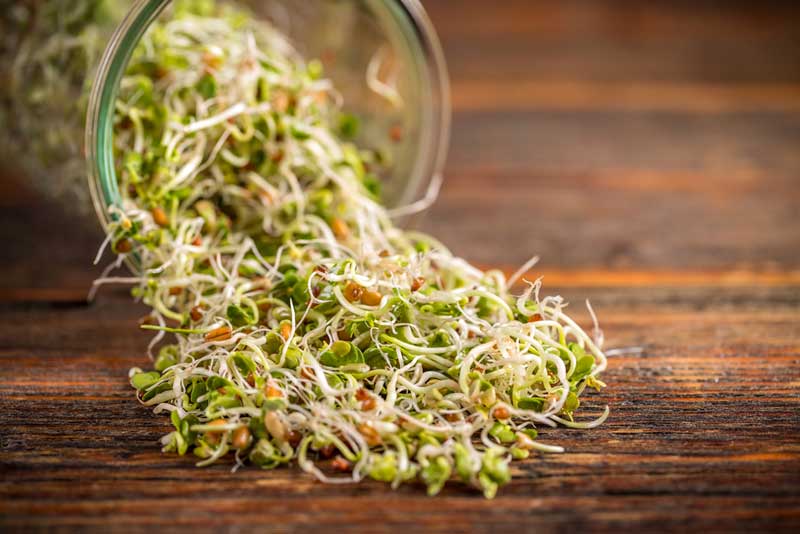
How to Make Sprouts at Home – Easy, Economical, and Super Healthy!
How to Make Sprouts at Home: Sprouts Offer Great Taste and Pack a Powerhouse of Nutrition
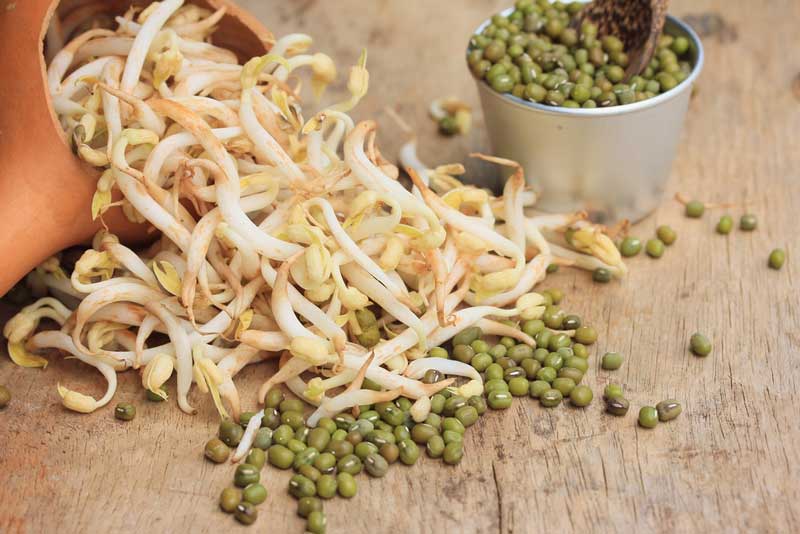 Learn how to make sprouts at home and take advantage of this low in calories and high in flavor super food. Sprouted nuts, seeds, beans, and grains increases the overall protein and nutritional content of the seeds and yields very tasty veggies. Not only are sprouts higher in nutrients, they also are a rich source of enzymes that improve the ability to absorb other nutrients as well. The germination of grains also offers probiotics, as found in fermented foods, into your diet. These good bacteria aid in digestion, absorption of nutrients, and removal of bad bacteria. There is also quite a bit of fiber in sprouted seeds is another dietary advantage. Sprouted seeds and legumes are healthy and delicious and are an excellent addition to any diet.
Learn how to make sprouts at home and take advantage of this low in calories and high in flavor super food. Sprouted nuts, seeds, beans, and grains increases the overall protein and nutritional content of the seeds and yields very tasty veggies. Not only are sprouts higher in nutrients, they also are a rich source of enzymes that improve the ability to absorb other nutrients as well. The germination of grains also offers probiotics, as found in fermented foods, into your diet. These good bacteria aid in digestion, absorption of nutrients, and removal of bad bacteria. There is also quite a bit of fiber in sprouted seeds is another dietary advantage. Sprouted seeds and legumes are healthy and delicious and are an excellent addition to any diet.
Pre-Soaking Nuts, Seeds, Grains, and Legumes is Beneficial for Digestion
Many beans, grains, raw nuts, and seeds contain phytic acid and enzyme inhibitors (phytates). These are what help the plants begin to grow and protect them during the vulnerable stage before germination. However, the presence of these in a diet often have a negative impact on digestion. A diet reduced phytic acid diet is helpful for many to ensure the absorption of nutrients in your body. Thankfully, the very simple step of soaking seeds, nuts, and legumes is very helpful to reduce phytic acid. Many soak up to 24 hours but even a few hours in a couple changes of water is helpful to reduce these enzyme inhibitors (and to foster the emergence of beneficial enzymes.). Pre-soaked nuts and seeds are easier to digest and to absorb and soaking is recommended fall all nuts and legumes – even those you do not plan to sprout. That said, soaking is a mandatory first step when growing any sprouts.
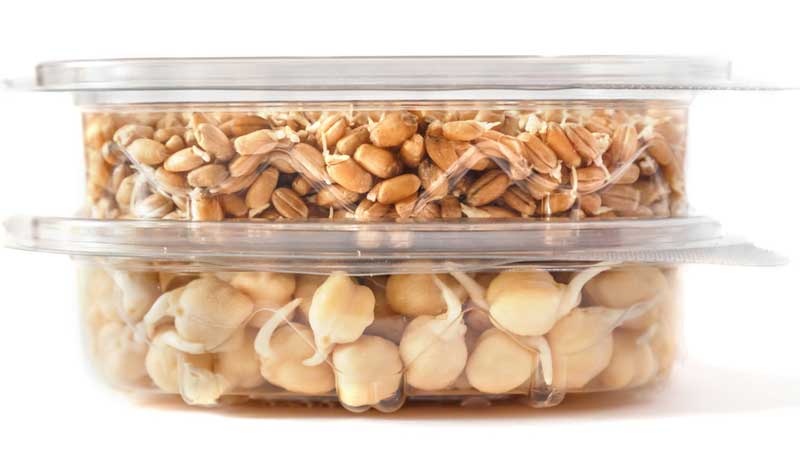
Homegrown Sprouts May Be Safer Than Store Bought
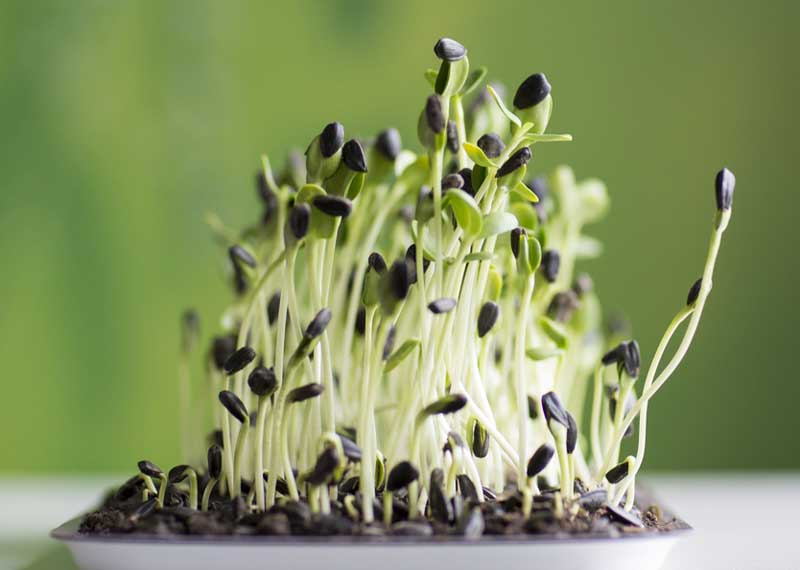 Sprouts are available in supermarkets and farmers’ markets but the most cost effective and healthy way of getting these super healthy foods is by growing them at home. Planting is a delicate process and relying on a place like a supermarket to properly store these items can be dangerous. Stores are often not as vigilant about expiration dates or contamination when it comes to their produce. It is easy to overlook expiry dates as there is little change in produce nearing expiration. This can be a big issue for sprouts as the possibility of mold or contamination increases with time. Lack of air circulation is another dangerous aspect of storing/growing sprouts. Packaged produce in the supermarket is more susceptible to bacteria in the absence of fresh air.
Sprouts are available in supermarkets and farmers’ markets but the most cost effective and healthy way of getting these super healthy foods is by growing them at home. Planting is a delicate process and relying on a place like a supermarket to properly store these items can be dangerous. Stores are often not as vigilant about expiration dates or contamination when it comes to their produce. It is easy to overlook expiry dates as there is little change in produce nearing expiration. This can be a big issue for sprouts as the possibility of mold or contamination increases with time. Lack of air circulation is another dangerous aspect of storing/growing sprouts. Packaged produce in the supermarket is more susceptible to bacteria in the absence of fresh air.
Once the soaking stage is complete. most sprouts can be grown without any soil in a tray, bowl or jar. Some of the grains and other seeds do prefer soil to thrive, these include – wheatgrass, buckwheat sprouts, and sunflower sprouts to name a few. However, the majority of the popular salad sprouts – mung beans, lentils, radish, broccoli, adzuki, etc. are grown without any soil at all. Even pea shoots can be growing in a basket!
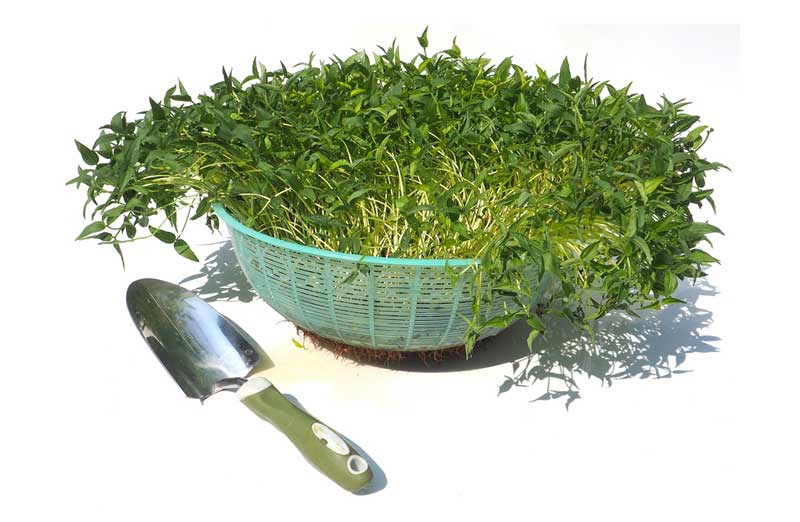
Growing Sprouts at Home is Easy and Fun
The process of sprouting is a fairly simple endeavor that includes rinsing and draining the sprouts a couple of times a day. First, choose a sprouting receptacle. These can be a jar, a bag, bowl, or special sprouting tray. The growth of your sprouts is dependent on air circulation and a bit of natural light so choose a place near a kitchen window on the counter top. Using a receptacle that is smooth with a wide mouth makes the procedure easier. You must avoid stuck sprouts at the base of your dish or in hard to reach crevices. Containers designed for sprouting may also have a screened lid to facilitate rinsing and increase the circulation of air. Another cool option is using a jar tilted downwards for draining. Take care when rinsing your sprouts and keep the jars that are storing your sprouts clean. The most common draw for mold and bugs is not properly cleaning and storing your jars between uses. A mesh colander is a great tool to utilize during sprouting. With all of the rinsing and draining, you want to make sure that your sprouts don’t fall through the large holes of a pasta colander.
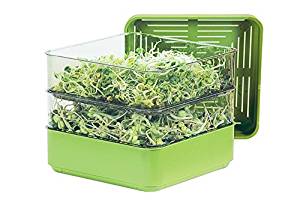 Choose a system/container that is easy to drain and clean. This is the top priority when sprouting because the freshness of your sprouts depends on the use of clean and fresh water. On day one you will begin by soaking your seeds in a bowl of water. After a few hours (or overnight) you drain the water and rinse the seeds. Replace the drained seeds in your sprouting base and repeat the rinsing and draining a few hours later. This process is done approximately 3 times a day to ensure freshness and proper growth. After a few days of following these instructions, your sprouts will be ready to eat. You can move them to the fridge at this point to keep them at this stage.
Choose a system/container that is easy to drain and clean. This is the top priority when sprouting because the freshness of your sprouts depends on the use of clean and fresh water. On day one you will begin by soaking your seeds in a bowl of water. After a few hours (or overnight) you drain the water and rinse the seeds. Replace the drained seeds in your sprouting base and repeat the rinsing and draining a few hours later. This process is done approximately 3 times a day to ensure freshness and proper growth. After a few days of following these instructions, your sprouts will be ready to eat. You can move them to the fridge at this point to keep them at this stage.
If you are just starting out, the easiest sprouts are the mung beans, adzuki beans, or lentils. 1 ounce of these dried seeds will become about a 1 cup mature sprouts.
I begin my soaking in the evening and soak overnight. Then, they will go into the sprouter the next morning. I rinse my sprouts each morning and evening. In a few days your little plants will be ready to eat! Be sure not to let the seeds dry out or alternately to keep them too wet.
Once you get the hang of this, you can spent only about 10 minutes each day and have a constant supply of delicious, fresh sprouts for your salads and other dishes. Given their many health benefits, this little amount of work is well worth it.
Alfalfa Sprouts May Not Be the Best Sprouts for Many People
When grown with care and attention sprouts are a great addition to your diet and food choices. Unfortunately, one of the most commonly available sprouts, alfalfa sprouts, are not recommended for consumption by the Food and Drug Administration. Alfalfa sprouts contain a toxin known as L-cavanine. Eaten raw, the toxin in this food can interact negatively with individuals with certain pre-existing conditions like lupus. Alfalfa is also quite susceptible to bacteria like E. coli, Listeria, and Salmonella so it is not recommended for people to eat it if they have a compromised immune system. It is also possible that the vitamins in alfalfa sprouts interfere with certain medications and cause a reduction in effectiveness.
Most seeds and legumes can be spouted. However, soaking is a required first step. The times for optimal soaking and sprouting varies according to the type of seed. Nuts can also be sprouted to remove enzyme inhibitors, but simple soaking also is often sufficient. The table below provides ideal soaking a spouting times.
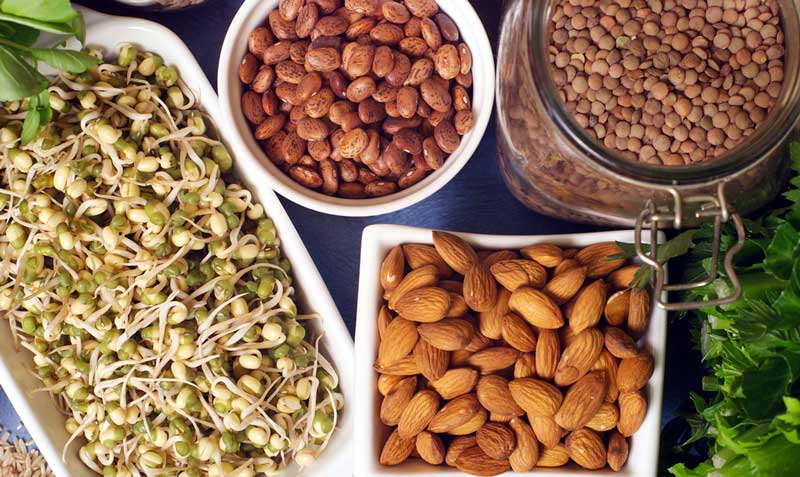
Follow the basic instructions to get started with any of these seeds and use the specified varying soaking periods to get going on your sprouts today. If you have availability to fresh water and temperatures you can live in, your are able to grow sprouts!
| Seed Starter | Soaking Time | Sprouting Time |
| Almonds (Only true raw almonds will sprout) | 3 – 12 hours | 2 – 3 days |
| Chickpeas | 8 – 12 hours | 2 – 3 days |
| Lentils | 8 hours | 2 – 3 days |
| Adzuki Beans | 8 hours | 2 – 3 days |
| Black Beans | 8 – 12 hours | 3 days |
| White Beans | 8 hours | 2 – 3 days |
| Mung Beans | 24 hours | 2 – 5 days |
| Kidney Beans | 8 – 12 hours | 5 – 7 days |
| Navy Beans | 9 – 12 hours | 2 – 3 days |
| Peas | 9 – 12 hours | 2 – 3 days |
| Buckwheat | 1 – 6 hours | 2 – 3 days |
| Amaranth | 8 hours | 1 – 3 days |
| Millet | 8 hours | 2 – 3 days |
| Oat Groats | 6 hours | 2 – 3 days |
| Quinoa | 4 hours | 1 – 3 days |
| Wheat Berries | 7 hours | 3 – 4 days |
| Wild Rice | 9 hours | 3 – 5 days |
| Black Rice | 9 hours | 3 – 5 days |
| Radish Seeds | 8 – 12 hours | 3 – 4 days |
| Pumpkin Seeds | 8 hours | 1 – 2 days |
| Sesame Seeds | 8 hours | 1 – 2 days |
| Sunflower Seeds | 8 hours | 2 – 3 days |
| Broccoli Seeds | 4 – 6 hours | 3 – 6 days |
| Mustard Seeds | 4 – 6 hours | 3 – 6 days |
| Clover Seeds | 4 – 6 hours | 5 – 6 days |
| Arugula Seeds | 5 – 8 hours | 3 – 6 days |
Your Pets Will Also Enjoy Homegrown Sprouts
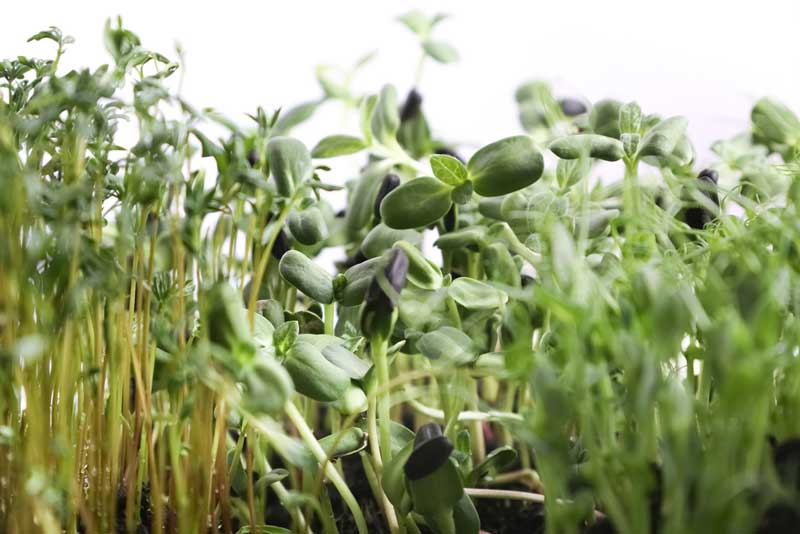 Animals can benefit greatly from sprouts as well. Many organic sprouting sellers will also provide mixes for your pets. The most popular mixes are for cats and dogs but they are mixes for all many species of birds as well. Growing sprouts for dogs follows the same soaking, rinsing, and storing process as for mixtures intended for human consumption. Pet food often comes dry and while these choices may be nutritious, they definitely lack many natural enzymes that come from fresh produce. With sprouts, your pets are able to experience similar benefits with digestion. Some good choices for dogs are red clover, broccoli, lentil, and mung bean sprouts. Cats can specifically benefit from wheat berries, oat, rye, barley, and flax sprouts. These sprouts help their food go down comfortably and aid in digestion to prevent regurgitation. Your animals with love these flavors and love the way it makes them feel. So grow sprouts that you and your pet can eat and you will no longer have to worry about them getting sick from “table food”.
Animals can benefit greatly from sprouts as well. Many organic sprouting sellers will also provide mixes for your pets. The most popular mixes are for cats and dogs but they are mixes for all many species of birds as well. Growing sprouts for dogs follows the same soaking, rinsing, and storing process as for mixtures intended for human consumption. Pet food often comes dry and while these choices may be nutritious, they definitely lack many natural enzymes that come from fresh produce. With sprouts, your pets are able to experience similar benefits with digestion. Some good choices for dogs are red clover, broccoli, lentil, and mung bean sprouts. Cats can specifically benefit from wheat berries, oat, rye, barley, and flax sprouts. These sprouts help their food go down comfortably and aid in digestion to prevent regurgitation. Your animals with love these flavors and love the way it makes them feel. So grow sprouts that you and your pet can eat and you will no longer have to worry about them getting sick from “table food”.
Take a look at these delicious ideas for your sprouts. There are so many types of sprouts that offer incredible and concentrated flavors so use your imagination and mix and match your favorite sprouts together. Get started on your kitchen garden today!
Recipes with Fresh Sprouts
(Click to access the full recipes and instructions.)
SIMPLE SPROUTED SALAD
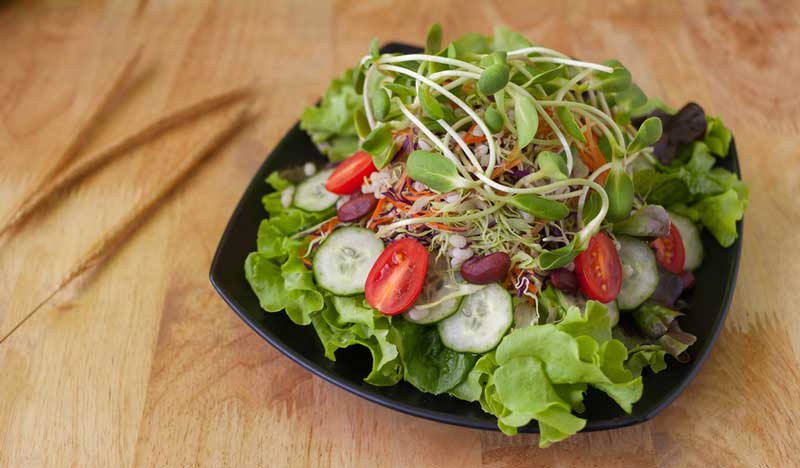
Ready for more?
Here’s a program that will leave you feeling re-energized, recharged, renewed and ALIVE again…in 28 Days!


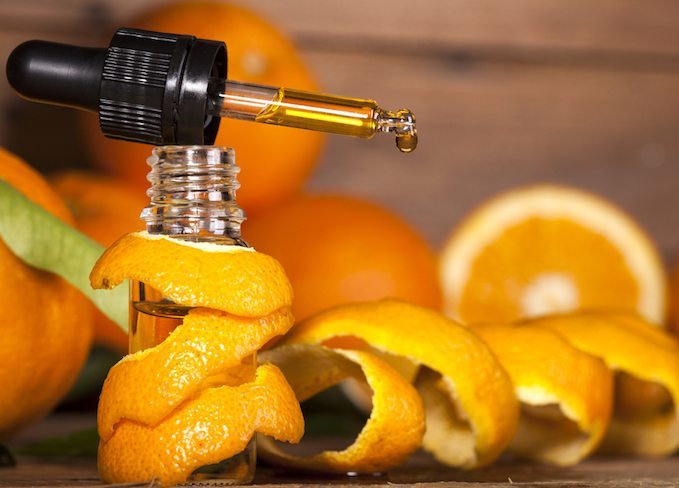
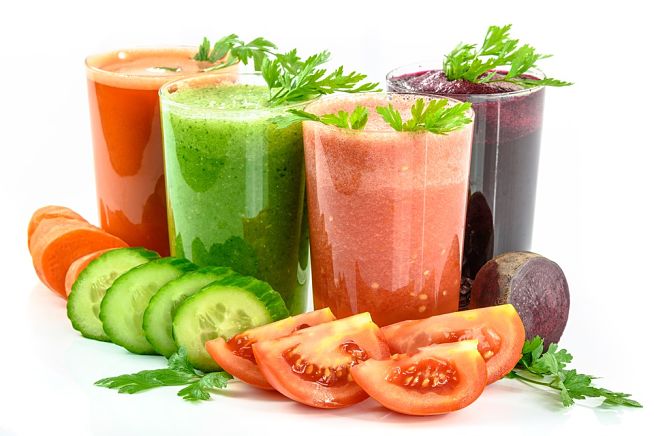

Add A Comment